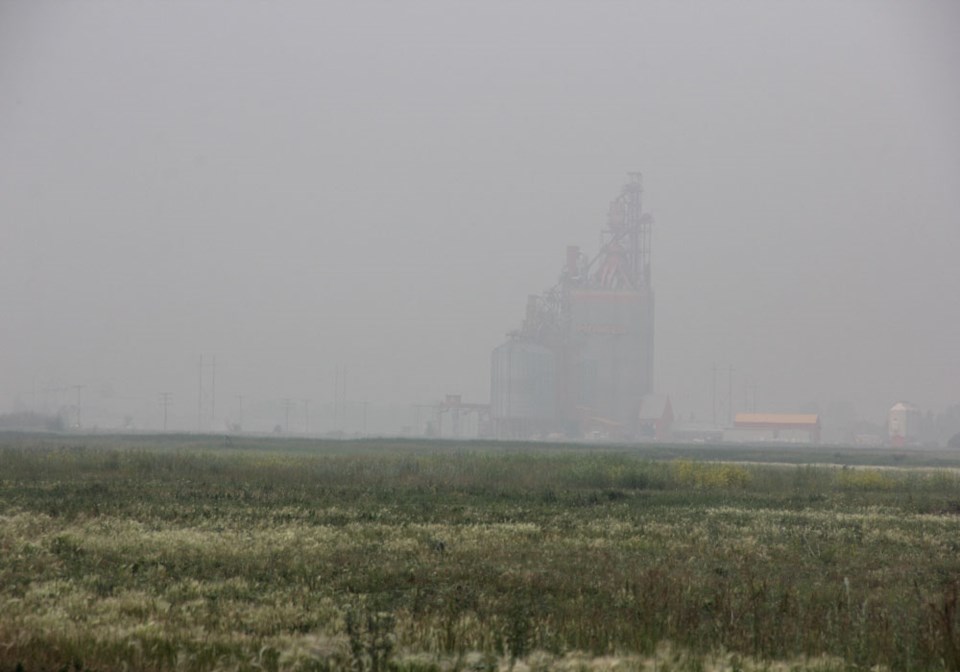The wildfires raging in many northern areas of the province have forced thousands from their homes, and Estevan is among the Saskatchewan communities that have been living under a cloud of smoke for the past two weeks.
Hundreds of the province’s firefighters have been working to contain and control the fires and early this week 1,000 Canadian Forces members were brought in as reinforcements to help quell the 112 fires burning as of Monday.
While the continuing fires leave upwards of 13,000 people displaced, dry conditions have continued across much of the province. Though the southeast has been dry, there has been enough rainfall in the area to limit any significant risk of fires locally.
Estevan Fire Chief Shane Code was in Prince Albert for meetings last week. He said he found some issues breathing, and when he arose in the morning he found a layer of white ash on his truck.
As local firefighters receive updates on the fires in the north, they are also monitoring the local conditions daily.
“We keep an eye on moisture levels and the weather, day by day, and rate of spread,” said Code, noting the rate of spread shows the speed at which a fire may spread given current conditions.
Looking at the potential rate of spread for wildfires in the area, Code noted much of the southeast was rated at two to four metres per minute. Areas to the north had a rate of spread of 18 to 26 metres per minute. Some areas around the fires have a rate over 26 metres per minute.
Monday’s forecast in the Estevan area showed a potential rate of spread between four and 10 metres per second.
That rate is recorded by looking at dryness levels as well as wind conditions and temperature, among other factors.
All of those things will inform whether or not there will be a fire ban locally. So far, there has been no such ban.
“We monitor the situation provincially. If it seems like it’s going to get very dry for six or seven days and we’re at high to extreme, then we can start putting a local ban in place,” said Code. “We’ve come very close, but we haven’t got there yet.”
So far this year, Saskatchewan has seen 573 wildfires, while throughout all of 2014, there were 193, according to the Ministry of Environment.
There were some concerns in Estevan about activity on Canada Day, but no issues came up.
“With Canada Day, we were concerned with fireworks in Bienfait and people with campfires, things like that. It’s something we want people to be hyper-vigilant about right now,” said Code.
The Estevan Fire Rescue Service has a couple of vehicles equipped to deal with brush fires and wildfires. Local firefighters go through training each spring to ensure the crews are fresh to handle any possibility.
“We’ve been fortunate. In years past, we haven’t had huge, uncontrollable wildfires and that’s largely because of the vegetation,” said Code about the stark prairie landscape in the southeast.
“So far, to date, we’ve (had fires) limited to one to two properties,” he added, regarding fires in fields this year.
Where Code came from in B.C., the biggest difference is the amount of vegetation available to burn.
“And, that’s why the north is struggling in Saskatchewan, because of all the trees. Down here, it just goes fast. There’s not a lot, and it goes through quick.”



